Prepare to excel in your Health Assessment 3 Final Exam with this ultimate study guide, meticulously crafted for the 2024-2025 academic year. Perfect for nursing and health science students, this resource features real exam questions and verified answers, all graded A, to ensure a guaranteed pass and help you achieve top results. The guide comprehensively covers advanced topics such as holistic patient assessment, detailed physical examination techniques, diagnostic reasoning, therapeutic communication, and accurate clinical documentation, all aligned with the latest 2024-2025 curriculum standards. Each question is accompanied by a verified answer and an in-depth explanation, providing clarity on complex concepts and enabling you to apply your knowledge effectively in clinical practice. Designed to support students in their final exam preparation, this study guide is an essential tool for mastering health assessment skills and building confidence for both academic success and future NCLEX preparation. Whether you’re aiming to solidify your understanding of patient care or seeking a reliable resource to secure a high score, this guide delivers the quality and precision you need. Study smarter, pass with ease, and take a significant step forward in your nursing education with this trusted, high-quality resource!
Preview
When assessing the hypoglossal nerve (CN XII), the nurse looks at and tests:
A. full, sustained eye opening
B. Movement and strength of the tongue.
C. The uvula rising to the midline when a person says, “Ah.”
D. Symmetry of facial feature – ANSWER B. Movement and strength of the tongue
The Glascow Coma Scale (GCS) is used to measure all of the following functions except
A. Eye opening
B. Motor response
C. Verbal response
D. limb ataxia – ANSWER D. limb ataxia
F.A.S.T. is an acronym used as a mnemonic to help detect and enhance responsiveness to stroke
victim needs. The nurse recognizes that a correct interpretation of the acronym is:
A. F = feel the face, A = arm yourself, S = stop, T=time to rest
B. S.T.O.P. S=stop stroke, T=time to rest, O=opt out, P=poke to test
C. F=face drooping, A=arm weakness, S=speech difficulty, T=time to call 911
D. none of the above. – ANSWER C. F=face drooping, A=arm weakness, S=speech difficulty, T=time to call 911
A. full, sustained eye opening
B. Movement and strength of the tongue.
C. The uvula rising to the midline when a person says, “Ah.”
D. Symmetry of facial feature – ANSWER B. Movement and strength of the tongue
The Glascow Coma Scale (GCS) is used to measure all of the following functions except
A. Eye opening
B. Motor response
C. Verbal response
D. limb ataxia – ANSWER D. limb ataxia
F.A.S.T. is an acronym used as a mnemonic to help detect and enhance responsiveness to stroke
victim needs. The nurse recognizes that a correct interpretation of the acronym is:
A. F = feel the face, A = arm yourself, S = stop, T=time to rest
B. S.T.O.P. S=stop stroke, T=time to rest, O=opt out, P=poke to test
C. F=face drooping, A=arm weakness, S=speech difficulty, T=time to call 911
D. none of the above. – ANSWER C. F=face drooping, A=arm weakness, S=speech difficulty, T=time to call 911




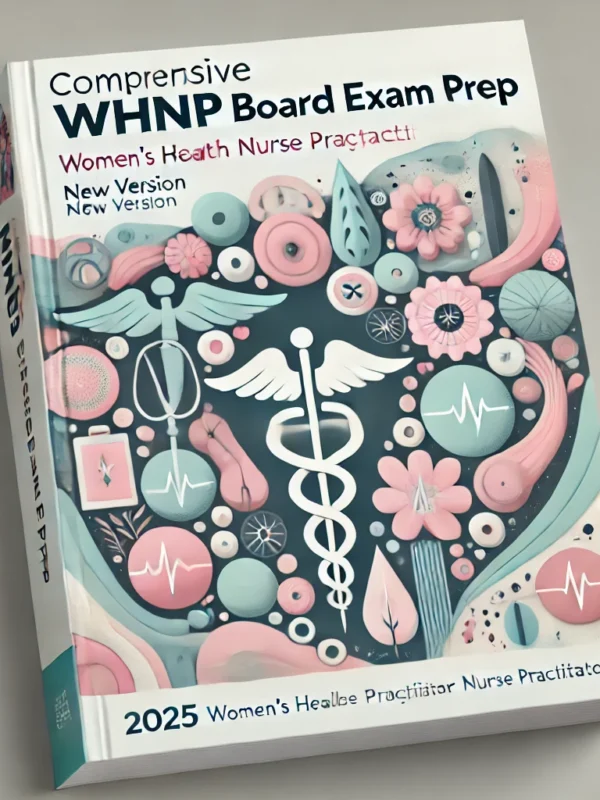
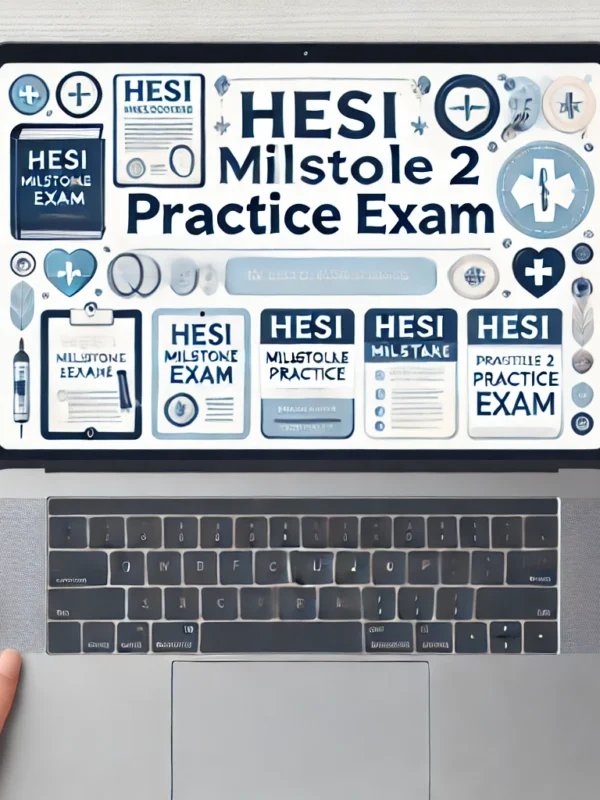

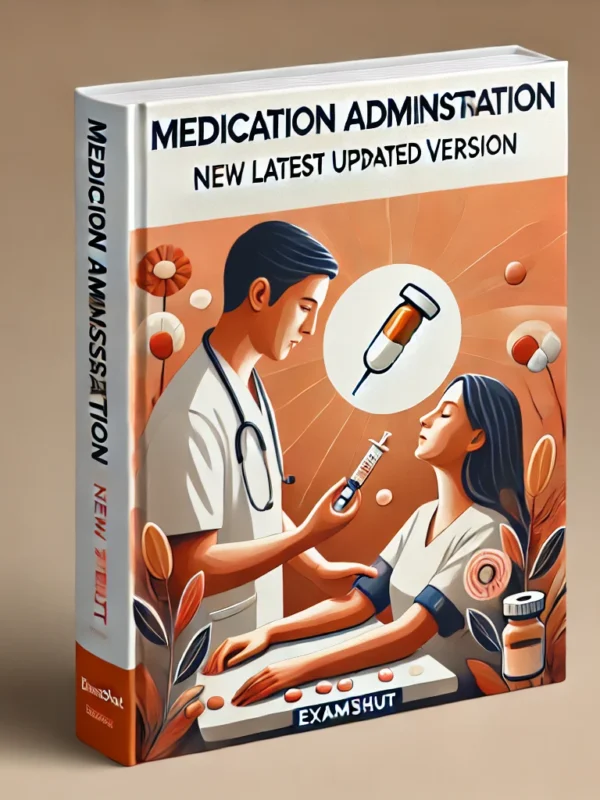
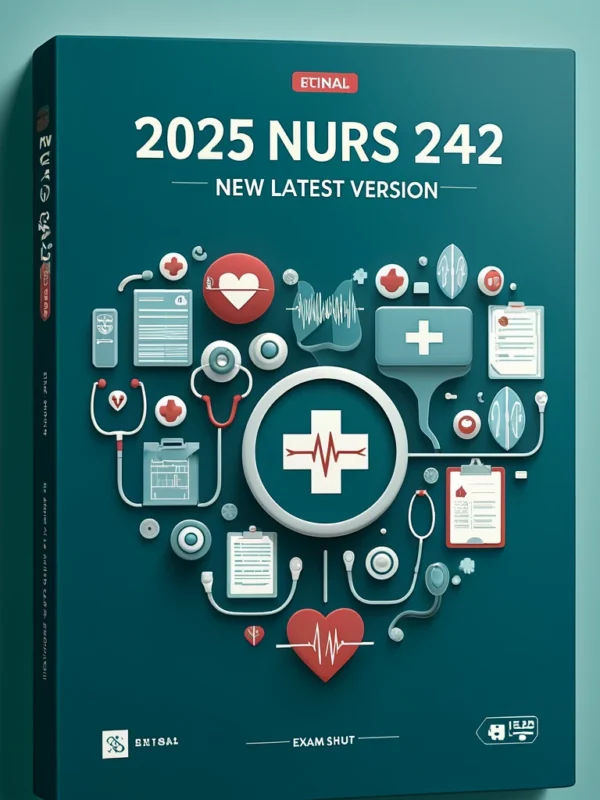
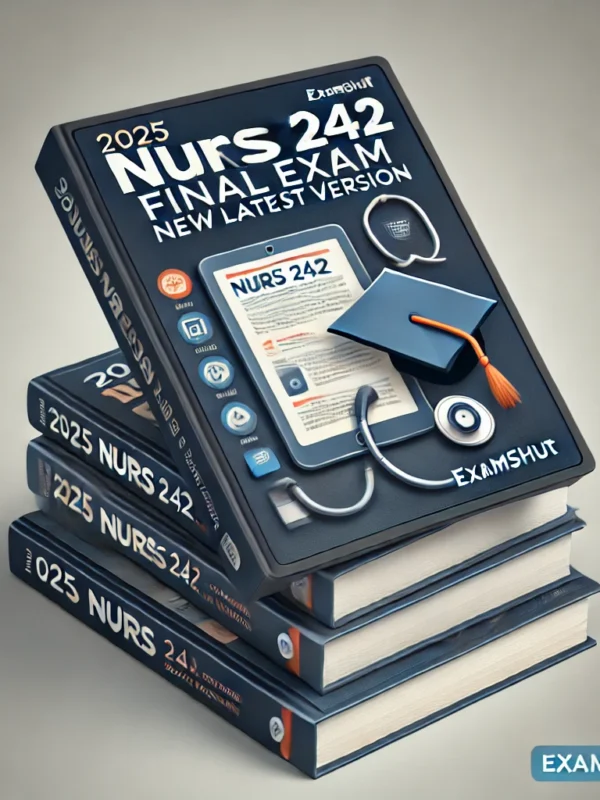
Reviews
There are no reviews yet.